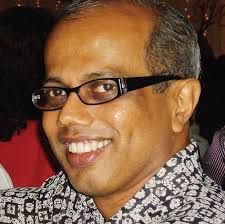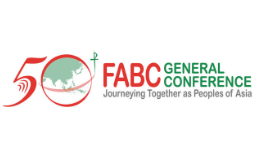Why Francis’ visit to the Holy Land was so different
Pope Francis’ visit to Jordan, Palestine and Israel has been markedly different from his predecessors in more ways than one.
May 29, 2014

By Anil Netto
Pope Francis’ visit to Jordan, Palestine and Israel has been markedly different from his predecessors in more ways than one. From the start, and keeping with the tenure of his papacy, the Bishop of Rome, appeared determined to use symbolism to put forward a new approach in dealing with Israel and Occupied Palestine.
First he added a strong inter-faith element in his trip by including in the official Vatican delegation a Muslim and a Jew, both old friends of his. The former is Omar Abboud of the Islamic Centre of the Argentine Republic. The latter, Rabbi Abraham Skorka, known for his inter-religious dialogue with local Christian priests and Muslim leaders in Argentine
Instead of entering Palestine via Tel Aviv, Israel, Francis chose to enter Palestine directly via Jordan, again a highly symbolic move.
By using a helicopter instead of the usual checkpoints, Francis refused to subject himself to Israeli border security checks, yet again sending a message. At Manger Square in Bethlehem, he issued an unexpected invitation: “In this, the birthplace of the Prince of Peace, I wish to invite you, President Mahmoud Abbas, together with President Shimon Peres, to join me in heartfelt prayer to God for the gift of peace... I offer my home in the Vatican as a place for this encounter of prayer.” Representatives of both presidents reportedly accepted the invitation.
In Bethlehem, Francis highlighted the plight of children living in poverty and victims of human trafficking. He visited those living in two refugee camps — a stop not usually on the itinerary of the typical pilgrims to the Holy Land. The camps, almost forgotten by the world, were built to house those driven out of their villages when the state of Israel was created in 1948.
Francis made an impromptu stop at the illegal separation/security wall built by the Israelis, a stark symbol of a divided region and the Occupied Palestinian territories. The wall has strangled trade and made the flow of people and goods more difficult, reportedly contributing to a decline in the Christian population in Bethlehem.
As Israeli soldiers looked down from a nearby watchtower, Francis approached the wall near Rachel’s Tomb that separates Bethlehem from Jerusalem. He bowed his head in prayer, his forehead touching the concrete wall, surrounded by children from a refugee camp a couple of them bearing Palestinian flags. It was rich symbolism, in keeping with the form of Francis’ style that uses these gestures to speak more powerfully than words could ever do.
Later, at the Dome of the Rock, Francis slipped off his shoes as he entered the holy shrine. Speaking off the cuff, he referred to Muslims as “dear brothers.” “May we respect and love one another as brothers and sisters... May we learn to understand the suffering of others! May no one abuse the name of God through violence!”
Let us hope that the effects of Francis’ trip to the Holy Land will bear fruit in the coming years. As Francis himself acknowledged, the present situation is “unacceptable.” May the seeds planted during his visit bear fruit in a new chain of events that could lead to the realisation of peace in a region that has suffered far too long from the consequences of occupation, violence, insecurity and poverty.







Total Comments:0